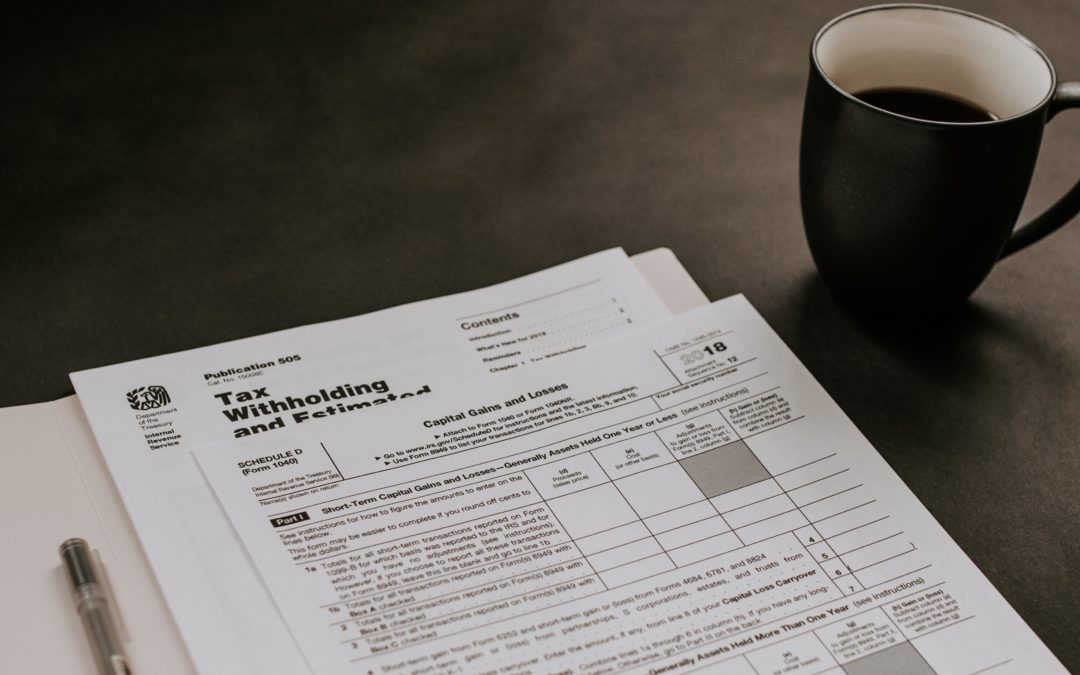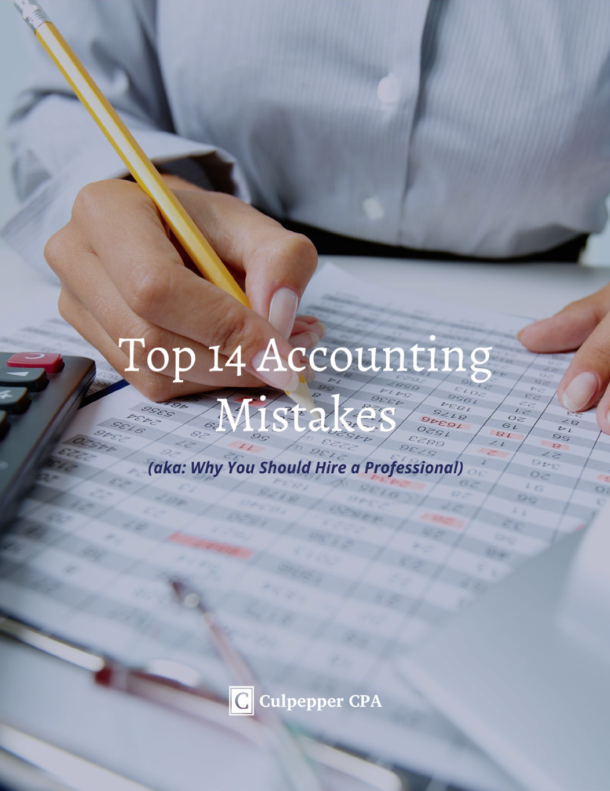Consider this blog post a PSA: your qualified small business may be eligible to apply for up to $1.25 million (or $250,000 each year for five years) of the federal Research & Development (R&D) tax credit. This payroll tax election is intended to offset the Federal Insurance Contributions Act (FICA) portion of payroll taxes each year and you might be missing out on the opportunity!
First of all, let us provide some background. The R&D tax credit was introduced in 1981 as a temporary incentive, and was later made permanent by the Protecting Americans from Tax Hikes (PATH) Act (PATH) of 2015. The credit rewards companies operating in America for investing in research and development activities in the current tax year. It’s intentionally broad to benefit the largest number of taxpayers.
Today, many companies are qualified to take advantage of the R&D tax credit, yet in reviewing potential clients’ past returns, we find that too many of them have not claimed or maximized the benefit.
So, that poses the question – is your business eligible?
To qualify for the payroll tax election, a business needs to have less than $5 million of gross receipts over a five-year (or less) period, as well as qualified research and development costs. The majority of R&D claims are from technology, health, and manufacturing companies, but any industry can qualify if they’re actively developing new products or processes.
Lots of business owners are either unaware of the credit, or simply don’t think it applies to them. Here are two common misconceptions that we hear all the time…
“We don’t have research labs or scientific researchers, so we don’t do R&D work!”
“Nothing that we’re inventing is new or groundbreaking…”
Lab coats and test tubes aren’t a requirement for claiming the credit! Think about it this way: if you’re attempting to develop a new product or system or improve an old one, you might qualify for the R&D tax credit. Even if it doesn’t work: the effort invested is the qualifying factor.
The R&D credit is available to any business that incurs expenses while attempting to develop new or improved products or processes while on U.S. soil.
Here’s a simple, four-part test that can help you determine whether or not your business qualifies for the federal tax credit:
- Eliminate uncertainty. You must have carried on the research in order to eliminate uncertainty about the development or improvement of a product or process. In other words, changes solely for aesthetic purposes don’t qualify.
- Process of experimentation. The activities must include some experimentation to resolve the technical uncertainty, such as modeling, simulation, systematic trial and error, or other methods.
- Technological in nature. The research must rely on the hard sciences, such as engineering, physics, chemistry, biology, and/or computer science.
- Qualified purpose. The purpose of the activity must be to create a new or improved product or process, resulting in increased function, reliability, performance, and/or quality.
Technology is continually improving, and is revolutionizing every industry in today’s world. You may not have considered everyday activities and processes that you’ve improved – but it might just qualify for dollar-for-dollar tax savings.
Here are three specific examples that we’ve seen business owners miss out on:
- Automation Tools & Artificial Intelligence
If you’ve invested time designing, testing, or improving your technology with robotics or automated processes, you might qualify for the R&D credit. Or, if you use virtual helpers (think Alexa or Siri) that have increased your productivity, you have an opportunity to receive tax credits for these technologies.
In fact, any product or process that uses AI to help you conduct business more efficiently, as well as the time spent training those systems, might qualify for the R&D credit.
- Replacement of Obsolete Parts
When new technology has rendered your equipment obsolete, you might be forced to replace or improve your tools that are essential to your business. Or, say a supplier goes out of business or stops making a piece of previously sold equipment that you relied on, you would have to make changes to accommodate design changes related to functionality.
Your small business can recoup expenses that are related to the design and testing of a new product. All you need to provide is proof of concept, the ability to demonstrate how your innovation made the product better, and documentation of any failure points. By providing each individual’s contributions to the process and their qualifications, you can also recoup wages.
- Leasing in “The Cloud”
Leasing cloud computing time is both cheaper and easier than it is to purchase your own servers and equip data centers. Costs related to cloud computing servers, platforms, and SaaS software application innovation may be considered Qualified Research Expenses, or QREs, eligible for R&D credits.
To qualify, the cloud must be operated by someone other than the taxpayer and located off-premise. The taxpayer must not be the primary user of the computer. Cloud-hosted development platforms and beta testing of pre-released software programs are included, but operating platforms are not.
If you’re still unsure, ask yourself these two, simple questions:
- Do you make something? (Such as software, manufacturing, architecture, engineering, food, or construction.)
- Are you making the same product the same way? Your new product or process doesn’t have to be new to the industry, it has to be new to your company. If you conduct research to make your company and products better, cleaner, greener, faster, or cheaper, you may qualify for this tax credit.
This is certainly not an exhaustive list! Our experienced team finds missed opportunities for the R&D tax credit all too often.
There’s a high chance that you’re missing out on this tax-saving credit opportunity. Schedule a consultation with the experienced team at Culpepper CPA to discover where you could be saving thousands of dollars in money you could be losing to the government.


